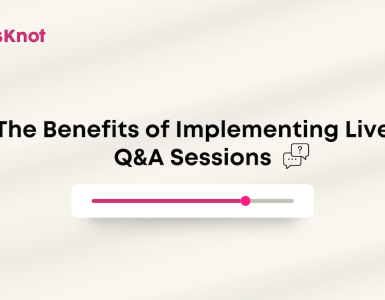Classrooms are set up very similar to how they were 50 years ago – with minimal technology being utilized. Teachers share their frustration with technology, with the Wi-Fi, with “things not working,” and who are the real people missing out on? The students.
[taq]Technology can be a great tool for students to share their knowledge, explore new topics, and collaborate with those around them or anywhere in the world. Unfortunately, technology is not always intuitive. Not only that, but certain ‘hiccups’ occur, causing lost time, frustration, and confusion for everyone involved.[/taq]
According to a recent article published by Walden University, technology can help teachers form better relationships with their students and their colleagues. For example, 84% of teachers report using the internet at least weekly to find content that will engage students.
It is vital for any new technology to be implemented in the classroom to answer a few simple questions.
- Does this fill a need for our students?
- Does this stimulate or encourage student growth, engagement, and participation?
- Are teachers able to use this effectively?
- What happens if it doesn’t work like it’s supposed to?
These questions, albeit simplified, draw past experiences on how many new ed-tech tools are malfunctioning or not providing real value to the overall institution.
This is sad on many levels. A product or service being bought with the highly coveted tuition dollars should be effective ALL THE TIME. The fact that so many issues arise from technology is upsetting.
The time stolen from students learning is the main reason, of course, for these negative associations. Solving this problem must be a system-wide approach to answering these questions and then deciding what tools are most advantageous to them.
Technology is just a tool. In terms of getting the kids working together and motivating them, the teacher is most important. – Bill Gates
Technology should be simple and effective. Offering students a place where engagement allows peer-to-peer learning without being distractive.





314 comments